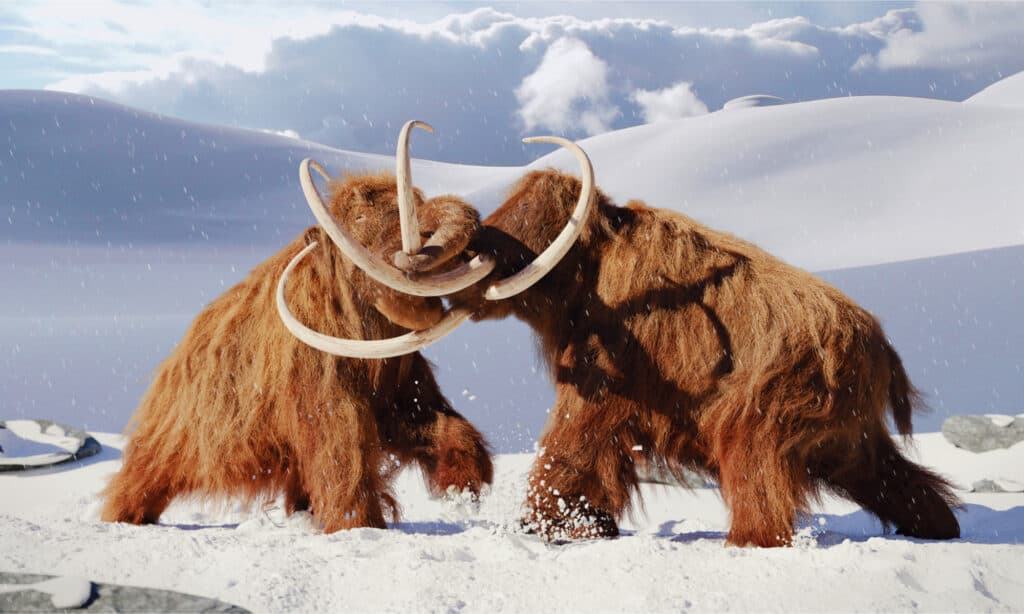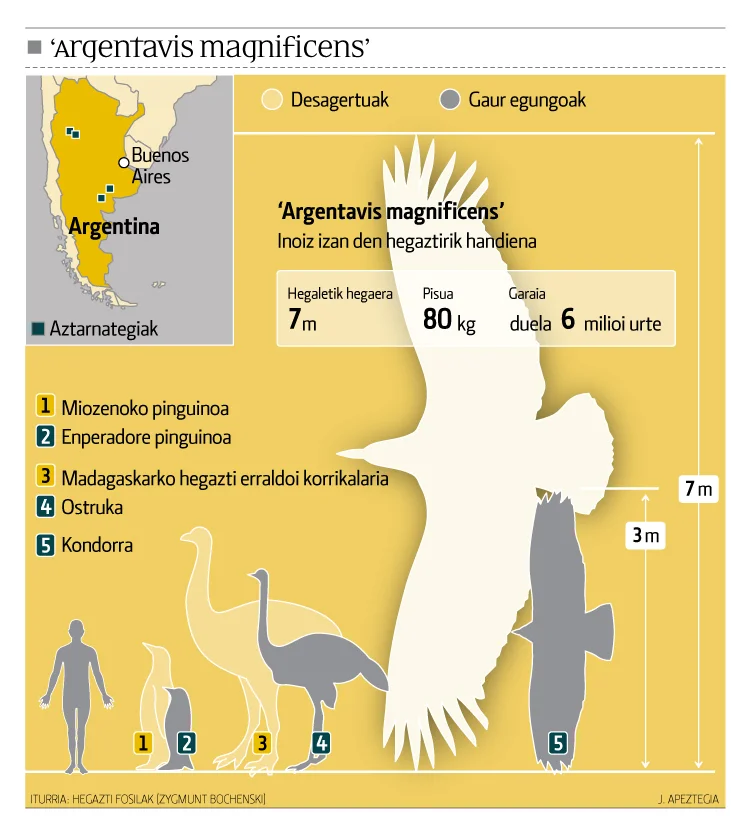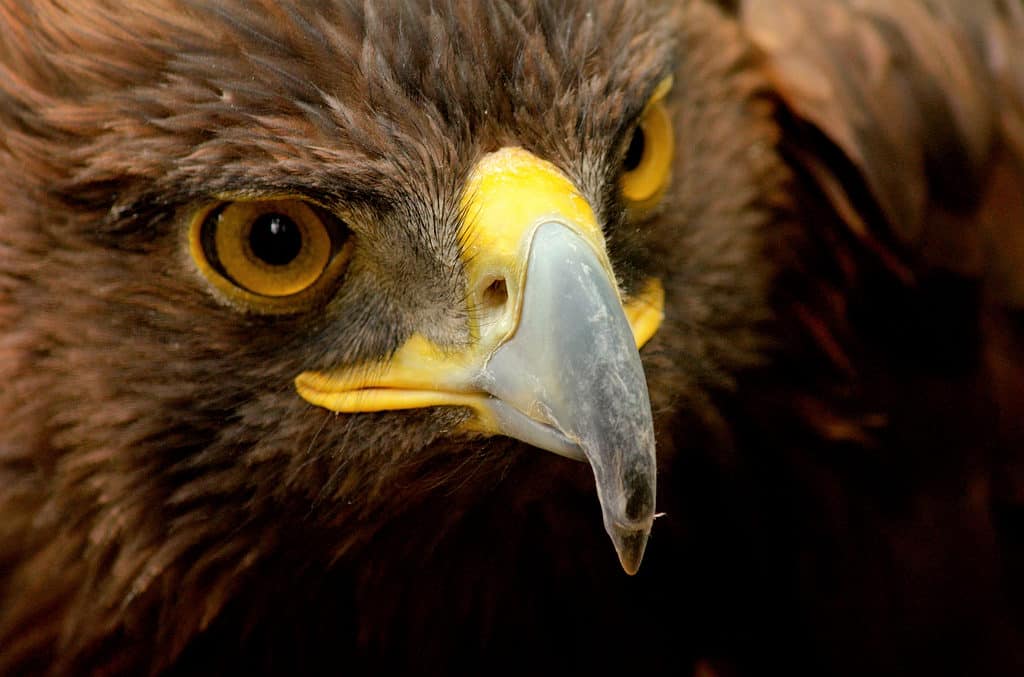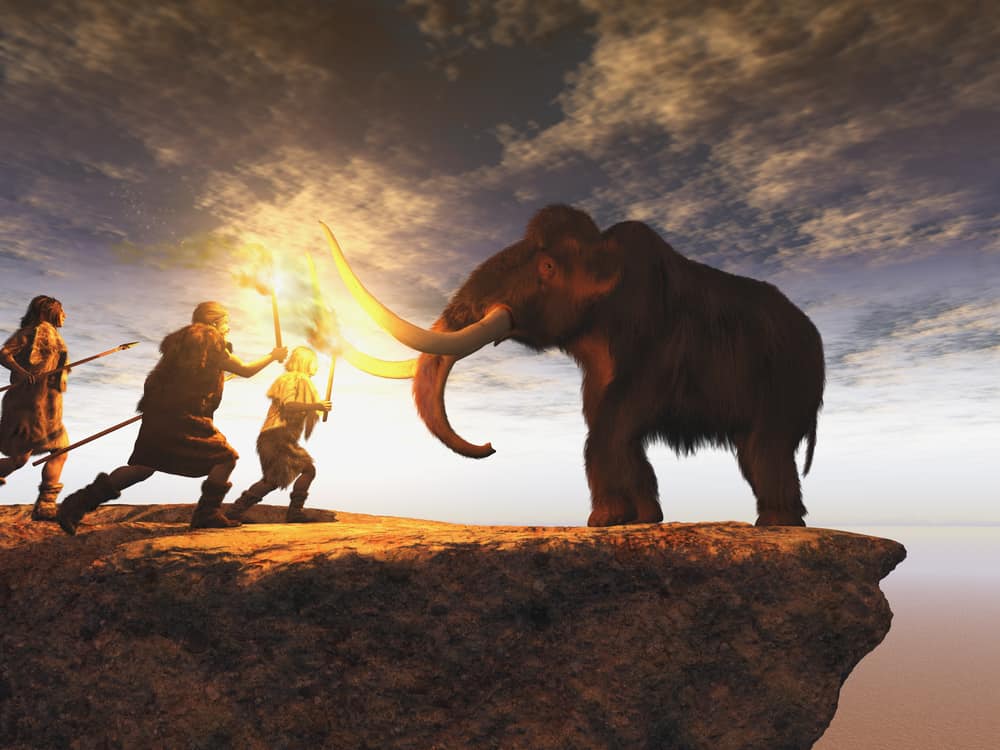Between the time that the dinosaurs went extinct and human civilization arose, megafauna roamed the land. As their name implies, these were massive animals that make their modern-day ancestors small by comparison. Among them was Argentavis magnificens, a gigantic bird that was also called the Giant Teratorn. Learn about this terrifying aerial predator including why megafauna came to be, how large it grew, and when it went extinct.
What Caused the Existence of Megafauna?

Like today’s elephants, woolly mammoths were herbivores.
©Dotted Yeti/Shutterstock.com
The world was a very different place 66 million years ago. Following the Cretaceous-Paleogene extinction event, about three-quarters of all living organisms were killed off. However, life persisted and continued differently. This time, mammals flourished like never before along with birds, insects, and flowering plants.
From the early Cenozoic Era, about 55 million years ago, until about 10,000 years ago, the conditions were right for megafauna to exist. To modern humans, elephants are megafauna or tigers, but similar animals in the recent past were larger.
Scientists have come up with several theories as to why these animals flourished. For starters, the high levels of oxygen in the atmosphere allowed them to grow to larger sizes. Big animals need a lot of oxygen to thrive, after all.
Another idea is that the planet’s cooling was to blame. About 34 million years ago, the planet underwent the Antarctic Glaciation. This ongoing ice age is characterized by low temperatures that allowed the Antarctic ice sheets to form. Low temperatures are also favorable to large creatures, like woolly mammoths and saber-toothed cats.
The high oxygen and low temperatures gave rise to many large creatures, including the deadly aerial predator, Argentavis magnificens.
How Big Was Argentavis, the Aerial Predator That Could Have Hunted Humans?

This bird roamed the skies of South America from about 6 million years ago up until about 10,000 years ago.
©1,676 × 1,800 pixels, file size: 744 KB, MIME type: image/jpeg
Argentavis magnificens was a massive bird. In fact, it was probably the largest flying bird to ever exist counting weight and wingspan. While Pelagornis sandersi had a larger wingspan, it wasn’t quite as heavy.
Argentavis magnificens had a gigantic wingspan of between 16 and 26 feet long, with accepted measures now falling somewhere between 21 to 23 feet. The bird may have weighed anywhere between 140 and 180 pounds, and it stood about as tall as a human being, between 4 feet 11 inches and 5 feet 11 inches.
Its wings had a total area of 75 square feet. The shadow from this creature would be a terrifying sight to witness as nothing that large seems like it should belong in the air.
Looking at recreations of this animal, it may be hard to imagine it could fly at all. Scientists have the same concerns. While it is not likely that this bird could simply take off and fly whenever it wanted, this creature did fly. Based on its anatomy and physiology, scientists believe that Argentavis would use the wind to assist its takeoffs. Otherwise, it would use a slope to build speed on the ground before liftoff.
Once the giant bird took flight, it could build speed and soar, capable of flying for long distances without landing. The bird probably cruised at speeds of about 40 miles per hour. However, at least one source claims that Argentavis could have reached speeds of 150 mph while diving!
Whether it used that speed to crash into prey or simply scope out its large range for food is unknown.
What Did the Terrifying Aerial Predator Eat?

Eagle beaks help capture prey and keep it from escaping.
©iStock.com/Paco Adame
While we’re on the topic of the bird’s attack methods, we need to consider how it would have hunted. The shape of the bird’s beak provides a fair bit of information. These birds had eagle-like beaks that suggest the bird took part in active predation.
They could have stalked other animals on the ground and attacked them suddenly. The gigantic bird may also have simply ambushed prey from the skies, not giving it a chance to fight back. After all, when a bird swoops down at blazing speeds, it’s difficult to get away. Scientists estimate that Argentavis had to consume between 5 and 11 pounds of meat to survive, so it needed to find significant meals to allow it to continue to fly.
However, other scientists believe that they relied on eating carrion, the bodies of dead animals. That would have put these birds in direct competition with other large animals that lived in the area at the time.
Could The Deadly Aerial Predator Argentavis Lift a Human?

Climate change was probably the biggest killer of megafauna like
Argentavis,not humans.
©Esteban De Armas/Shutterstock.com
No, Argentavis magnificens could not have lifted humans off the ground and flown away with them. When you consider the size of the bird and the size of a human, it’s just not practical. After all, imagine an adult human weighing about 160 pounds. That could be the same weight as the bird.
This animal was so heavy that it needed the wind or a steep hill to take flight at all. Even then, it spent most of its time gliding and soaring rather than using its wings to propel itself. There is no way that it could muster the strength to grab and hold a person and then take off.
However, humans and Argentavis may have occupied the same area. Humans made it to the Americas about 15,000 years ago, and they reached the southernmost tip of South America about 14,000 years ago. Meanwhile, Argentavis went extinct about 10,000 years ago.
That means humans and these giant birds lived in the same area at the same time. However, we know nothing about what relationship, if any, that humans and the large bird had.
We do know that Argentavis magnificens, along with many other megafauna, went extinct around the same time. The potential reasons vary from excessive hunting by humans to climate change and competition from smaller, faster, more-efficient creatures.
In the case of Argentavis, it’s probably not too likely that humans were responsible, or even partly responsible, for their demise.
The photo featured at the top of this post is © Radomil / CC BY-SA 3.0 – License
Thank you for reading! Have some feedback for us? Contact the AZ Animals editorial team.






